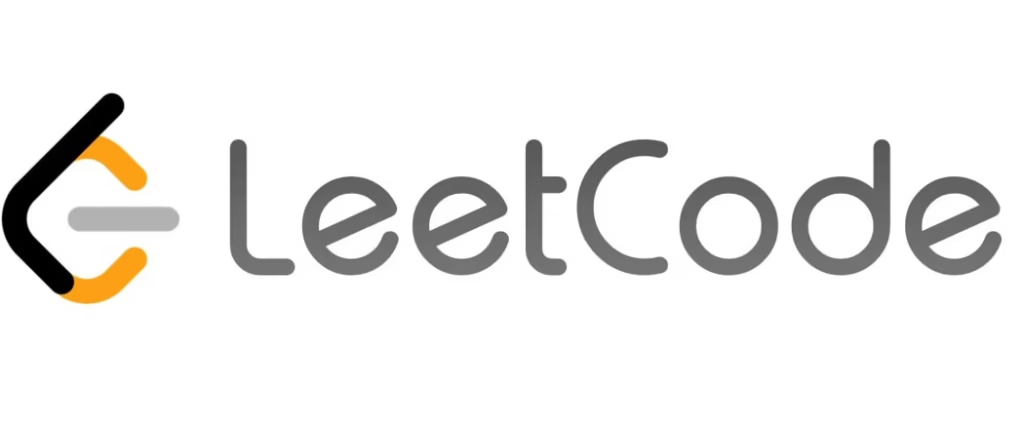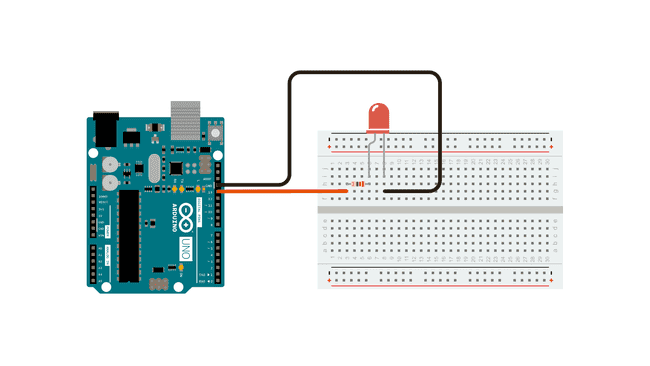If you want to build robots, smart sensors, or automotive ECUs at the best teams in the world, you still have to speak the language of interviews. That language is problem solving. LeetCode is not the whole story for embedded engineering, but it is a very effective gym for your brain. The trick is tailoring what you practice so it matches the realities of firmware and hardware–software integration. Think bit twiddling, bounded memory, deterministic behavior, careful concurrency, and clean C or C++.
Let’s map a focused LeetCode plan that actually helps you ship firmware, not just pass puzzles. I’ll show you what to study, how to pace it, and a curated set of 10+ problems with links and what each one really tests in an embedded context.
Why LeetCode Matters For Embedded Interviews
Top companies need engineers who can reason under constraints. In production code you will juggle cache effects, DMA buffers, interrupts, watchdogs, and strict timing. In interviews you get arrays, pointers, and edge cases. Same muscles, different gym equipment. Use LeetCode to sharpen:
- Memory awareness and pointer style thinking
- Bitwise operations and fixed width integer arithmetic
- Deterministic data structures such as ring buffers and queues
- Finite state machine style reasoning
- Concurrency safety and deadlock intuition
- Time and space tradeoffs that mirror real microcontroller limits
What To Prioritize First
Focus on problem types that map cleanly to firmware tasks.
- Arrays and strings with tight memory.
- Bit manipulation and masks.
- Queues, stacks, and ring buffer patterns.
- Finite state machines and parsing.
- Trees and graphs, but keep it iterative where possible.
- Sliding windows for streaming sensor data.
- Simple dynamic programming for planning and scheduling.
- Concurrency concepts and producer–consumer intuition.
18 LeetCode Problems That Map To Real Firmware Work
I picked these because they mirror the mental moves you use in embedded systems. Links go to the problem pages.
- Two Sum
https://leetcode.com/problems/two-sum/
What it tests: Indexing and constant time lookup under constraints. Think signal mapping tables or routing CAN IDs to handlers. - Best Time to Buy and Sell Stock
https://leetcode.com/problems/best-time-to-buy-and-sell-stock/
What it tests: One pass state tracking with minimal memory. Same mindset as tracking min or max sensor values without storing the whole stream. - Valid Parentheses
https://leetcode.com/problems/valid-parentheses/
What it tests: Stack discipline and matching events. Useful for nested protocol parsing or pushdown style packet decoders. - Implement Queue using Stacks
https://leetcode.com/problems/implement-queue-using-stacks/
What it tests: Interface vs implementation. You will often implement a FIFO on top of a fixed memory pool or DMA as a queue. - Design Circular Deque
https://leetcode.com/problems/design-circular-deque/
What it tests: Circular buffer indices and wraparound correctness. Classic ring buffer used in UART RX, audio, and logging. - Binary Search
https://leetcode.com/problems/binary-search/
What it tests: Off by one discipline and deterministic O(log n). Mirrors LUT searches or calibration table lookups in flash. - Search in Rotated Sorted Array
https://leetcode.com/problems/search-in-rotated-sorted-array/
What it tests: Invariant reasoning with edge cases. Similar to interpreting counters or timers that wrap. - Single Number
https://leetcode.com/problems/single-number/
What it tests: XOR tricks and bitwise identity. Exactly the skill you need for bit masks, parity, CRC building blocks. - Counting Bits
https://leetcode.com/problems/counting-bits/
What it tests: Bit DP and micro optimizations. Great for learning to exploit low level properties for speed and space. - Number of 1 Bits
https://leetcode.com/problems/number-of-1-bits/
What it tests: Kernighan’s bit hacks and fixed width types. Shows comfort with uint32_t and masking, which matters in register work. - Reverse Bits
https://leetcode.com/problems/reverse-bits/
What it tests: Endianness, shifting, and micro optimizations. Useful mental model for SPI bit orders and peripheral quirks. - String to Integer (atoi)
https://leetcode.com/problems/string-to-integer-atoi/
What it tests: Parsing, overflow handling, and state machine thinking. Mirrors command interpreters on UART or BLE. - Implement Trie (Prefix Tree)
https://leetcode.com/problems/implement-trie-prefix-tree/
What it tests: Memory aware data structure design. Think command dictionaries, keyword tables, or routing by prefix. - LRU Cache
https://leetcode.com/problems/lru-cache/
What it tests: Deterministic caching and O(1) operations with strict memory. Similar to buffer reuse or page replacement on embedded Linux. - Min Stack
https://leetcode.com/problems/min-stack/
What it tests: Augmented data structures. Useful for running statistics on sensor streams with constant space. - Flood Fill
https://leetcode.com/problems/flood-fill/
What it tests: Graph traversal and bounds checks. Maps to region labeling, occupancy grids on robots, and iterative DFS vs recursion in small stacks. - Course Schedule
https://leetcode.com/problems/course-schedule/
What it tests: Topological sort and dependency management. Very close to startup sequencing, driver init ordering, and task dependency graphs. - Merge Intervals
https://leetcode.com/problems/merge-intervals/
What it tests: Interval reasoning and compaction. Useful for scheduling time slots on a single hardware resource or DMA windows.
How To Practice Like A Firmware Engineer
You do not need to solve 500 questions. You need to solve the right ones in the right way.
Week 1
Warm up with Two Sum, Valid Parentheses, Binary Search, and Number of 1 Bits. Solve each in both iterative and slightly optimized forms. Write them in C or C++ with fixed width types.
Week 2
Hit Design Circular Deque, Implement Queue using Stacks, and LRU Cache. Reimplement Circular Deque as a ring buffer using a single fixed array and explicit head and tail with modulo. Add tests for wraparound and full vs empty.
Week 3
Work on Single Number, Counting Bits, Reverse Bits, and String to Integer. Focus on signed overflow behavior and undefined behavior in C. Add unit tests that hit INT_MAX, INT_MIN, and leading spaces.
Week 4
Take on Search in Rotated Sorted Array, Flood Fill, Course Schedule, and Merge Intervals. Prefer iterative DFS with your own stack to avoid deep recursion on small MCUs. For Course Schedule, instrument your code to detect cycles like deadlocks.
Week 5
Implement Trie and Min Stack. Then write a tiny CLI parser that uses a trie for command lookup. Limit yourself to a small static memory pool. No new. No malloc. Feel the constraints.
Coding Style That Signals “Embedded”
Interviewers notice the details.
- Use fixed width types like uint8_t and int32_t where it makes sense.
- Avoid unnecessary dynamic allocation. Prefer static storage or stack buffers.
- Check bounds aggressively and return error codes.
- Document time complexity and worst case memory footprint in comments.
- Write tiny helpers for bit operations. Show you can read and write registers safely.
- Prefer deterministic loops and avoid recursion unless you can justify the stack usage.
Tie It Back To Real Hardware–Software Integration
After each problem, ask yourself how this relates to a real microcontroller. Examples:
- Turn Design Circular Deque into a UART RX ring buffer with ISR writes and task reads. Discuss how you would make it lock free.
- Recast Counting Bits as a quick population count on a GPIO port to detect how many lines are asserted.
- Use Merge Intervals to compress scheduled PWM windows on a single timer to avoid overlap.
- Transform LRU Cache into a page cache for SPI flash reads on an RTOS based system.
Beyond LeetCode: Embedded Specific Drills
Top teams also ask very applied questions. Practice these on your own repo.
- Implement a fixed point vector magnitude with saturation.
- Write a debouncer for a mechanical button using a time based sliding window.
- Parse a simple binary protocol with a finite state machine.
- Build a safe API for a GPIO pin that prevents illegal mode transitions.
- Create a bounded single producer single consumer queue and prove it does not need locks if you keep a strict access pattern.
Interview Day Strategy
Walk in with a calm, systematic style.
- Restate the problem and constraints. Confirm input sizes.
- Sketch test vectors early. Hit empty, single element, and max element cases.
- Choose data structures that match the constraints. If memory is tight, say it.
- Write clean C or modern C++ with clear ownership.
- Get a simple version working, then optimize. State your time and space tradeoffs.
Final Takeaway
LeetCode can be a sharp tool for embedded engineering if you pick problems that look like the work you will do on devices. Build the habit of thinking about memory, determinism, and safety. Practice with ring buffers and bit masks, not just cute recursion. If you use the roadmap above and map each problem to a real device story, you will walk into your interviews sounding like someone who can ship firmware with confidence. That is exactly what the best teams want.



